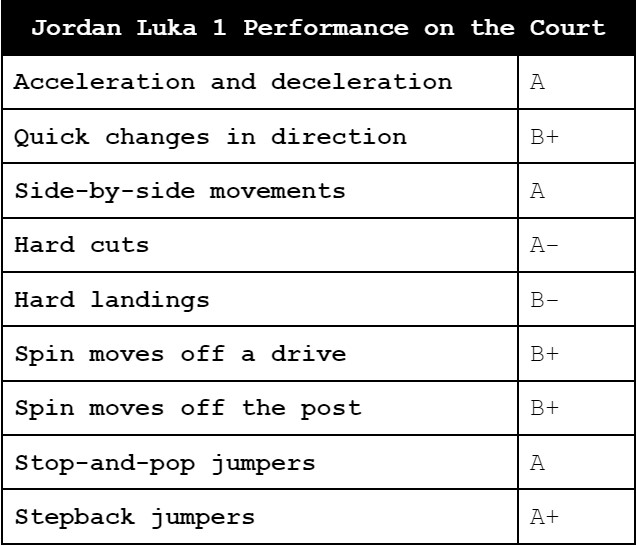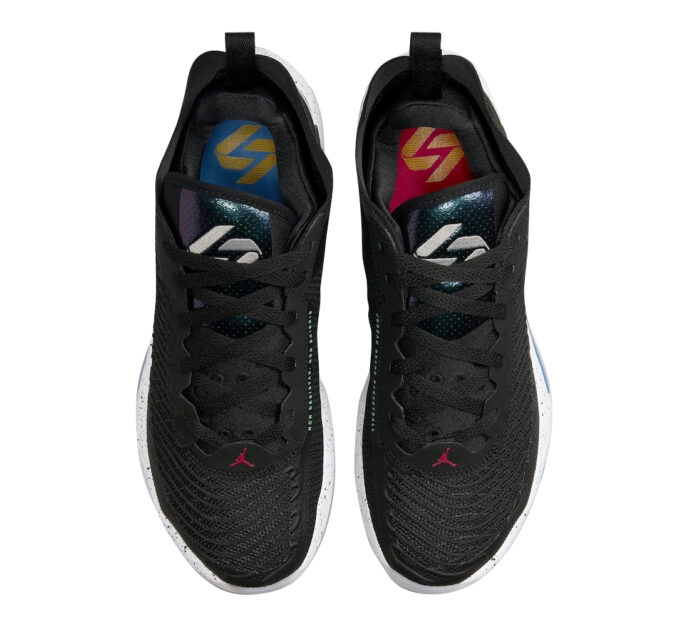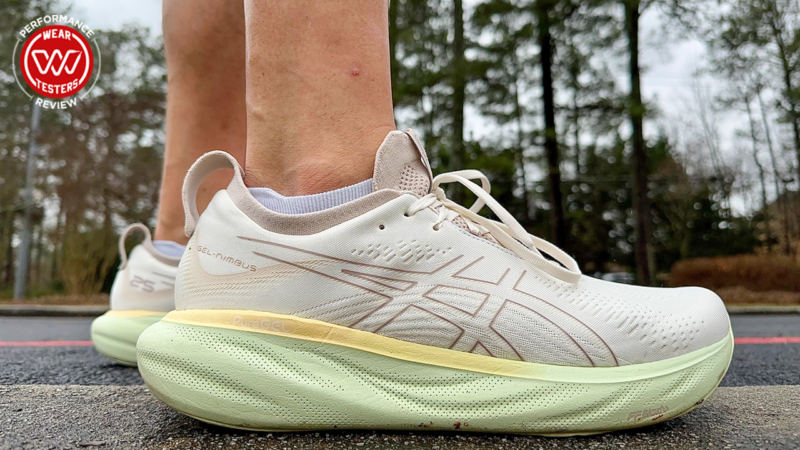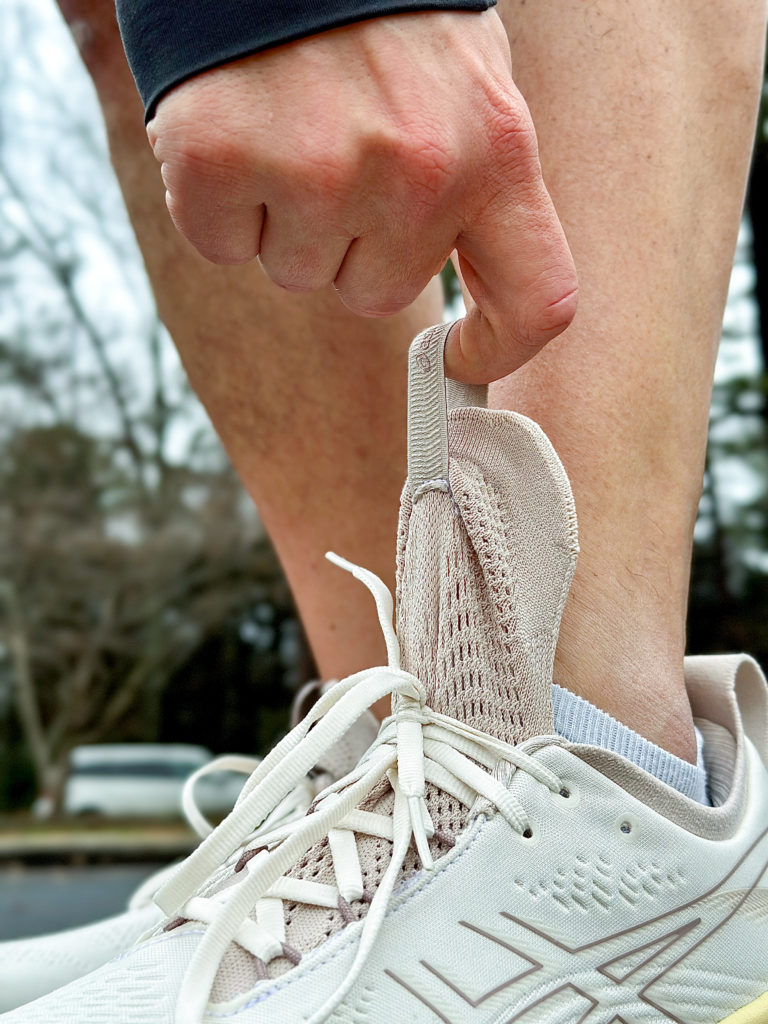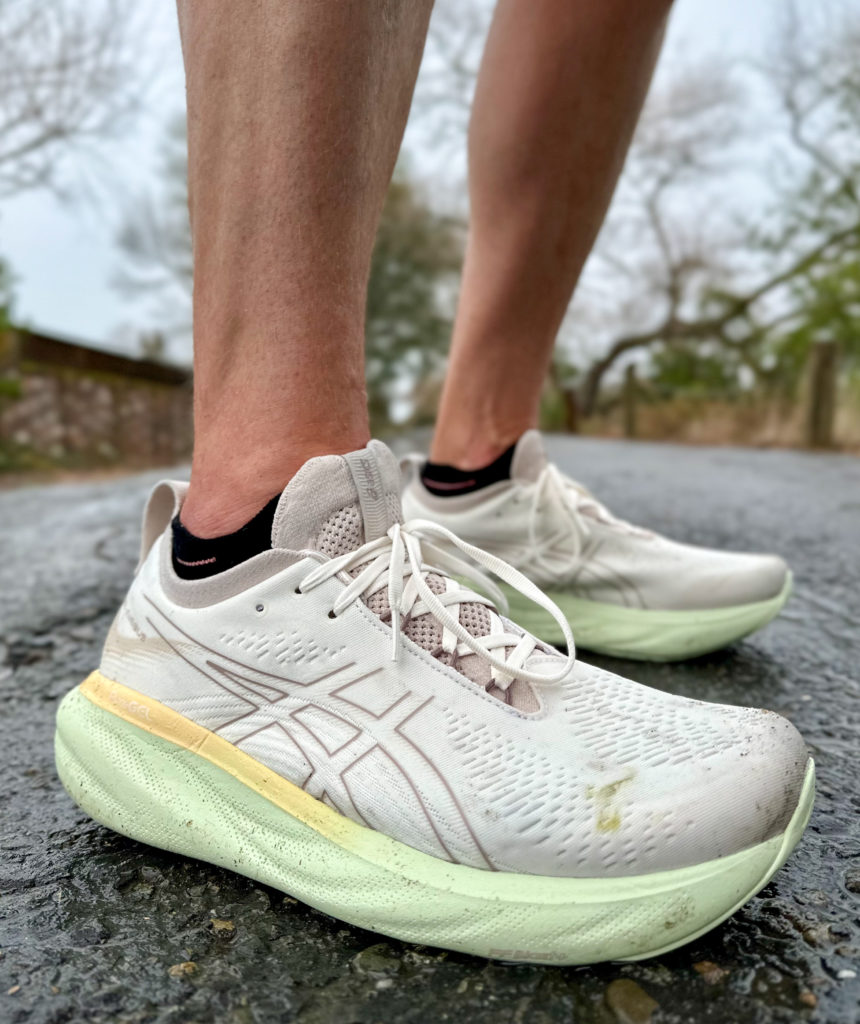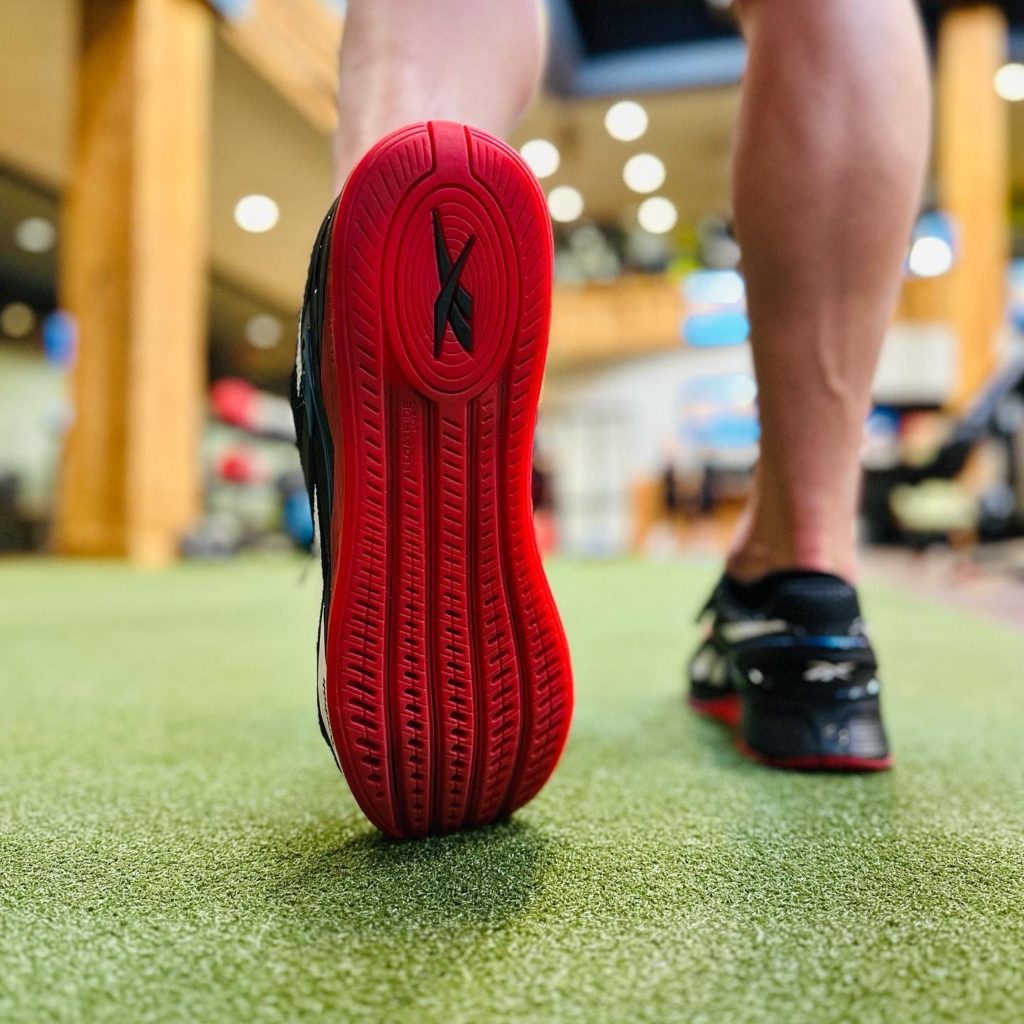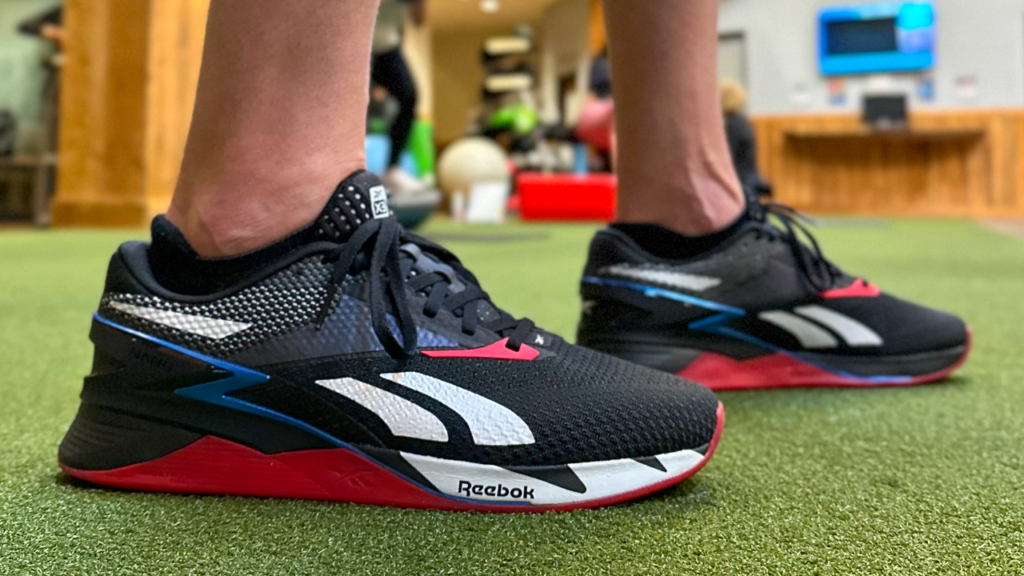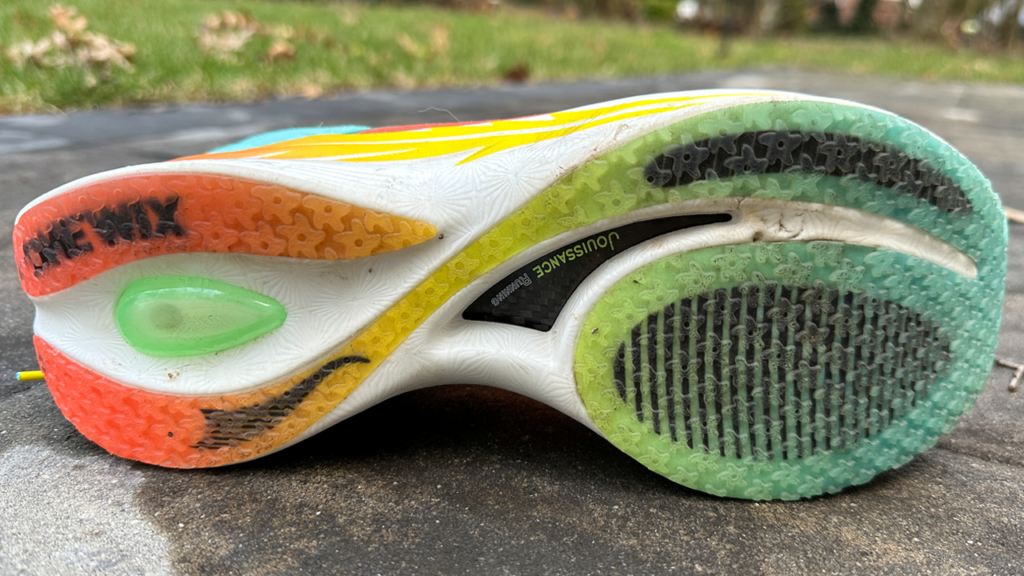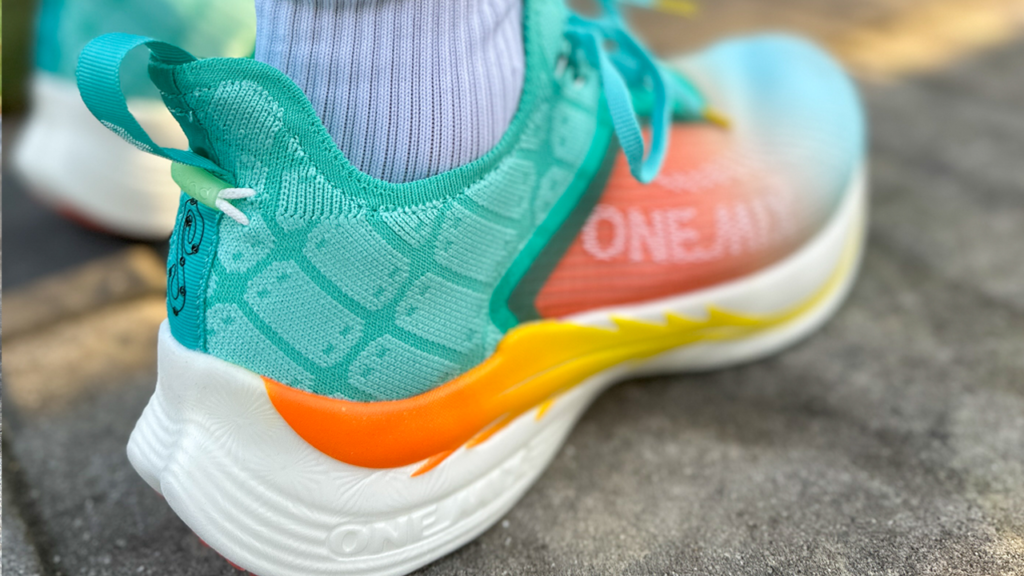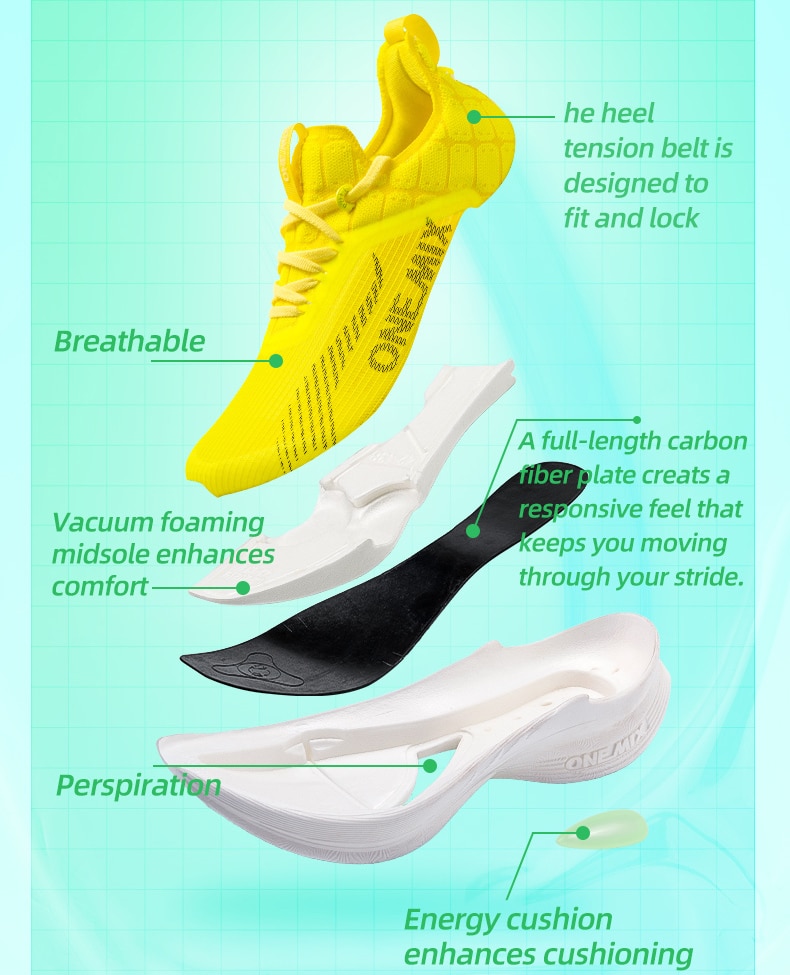
If you’re someone who got swept up into CrossFit at the height of its popularity, there’s a good chance you’ve owned multiple pairs of the Reebok Nano because it was the shoe that defined the sport. Our friend Jake Boly at ThatFitFriend put together a great retrospective on the tenth anniversary of the line a few years back. It really helps you understand how the Nano led to the current cross training shoe craze that includes the KD 15 Sale, Under Armour Project Rock line and so many more shoes from a bunch of brands that weren’t associated with what was a divisive sport for so many years.
But in that time, the Reebok Nano has gone from undisputed king of the functional fitness mountain to a shoe in fierce competition with those big brands we mentioned before along with established voices in the space like NoBull (now the sponsor of the CrossFit Games after Reebok ended that relationship amidst the controversy around the sport), Inov-8 and so many more.
Recently dubbed “The Official Shoe of Fitness,” the new Reebok Nano has seen major changes. The Reebok Nano X3 (available in several early colorways on Reebok.com now with a full launch slated for February 10th) arrived at the WearTesters offices early thanks to our friends at Reebok.
While Reebok provided these shoes to us for review, they have no involvement in this review, didn’t receive an advance look at it, and have not attempted to influence the review.
You can also see the Nano X3 on our Best Cross Training Shoes, Best CrossFit Shoes, and Best Weightlifting Shoes lists.
Reebok Nano X3
Release Date: January 20, 2023
Price: $150
Weight: TBD
Drop: 7mm
Sizing: True to size
- Rundown: The Reebok Nano X3 is a return to form for the greatest training shoe line of all time. It’s been a long time since we enjoyed a Nano this much.
How do the Authors Train?
Arune Singh (age 41, 5’11”, 205lbs): Trains daily with functional fitness programming provided by Deadboys Fitness, founded by Colby “Seth Rollins” Lopez and Josh Gallegos. He has recently been training for 5Ks and looks for every opportunity to get some time on a heavy bag. Given his medical history of Sleep Apnea and Myasthenia Gravis, Arune’s focus is on lean muscle mass and getting down consistently to 190lbs, with a secondary focus on cardiovascular training and aesthetics. He works out in a home gym with a rower, air bike, bench, adjustable dumbbells, kettlebells, and either a cat or dog trying to obstruct him at every turn.
Drew Whitcomb (age 41, 6’6″ 195lbs): Trains daily with a focus on running, strength training, and mobility. He writes the majority of our running shoe reviews and runs a lot of miles both due to testing needs and his growing affinity for long-distance races. He recently completed the New York City Marathon. More marathons, half-marathons, 10k, and 5k races are in his future. His strength training and mobility regimen center around maintaining flexibility and lifting heavy to build power as a counterbalance to all the long-distance running he’s doing. His number one focus is staying injury free so he can keep up the sweet gig of reviewing shoes for a living.
What is the Reebok Nano X3?
The Reebok Nano X3 retains the “official shoe of fitness” moniker from previous iterations and says it’s “built to deliver reliable performance, game-changing comfort, and a show-stopping sleek and stylish, versatile design.”
The Reebok Nano X3 has a 7 mm drop. We’ll add the official weight once we get it.
Pros
A Truly Functional Fit(ness)
Arune: Let me be clear from the start – the Reebok Nano line remains one of my favorites of all time. But while I’ve bought every iteration of the shoe since the Nano 3, I’ve never kept a pair after the Nano 6 because the fit never quite felt as wide or as comfortable as those original pairs.
The Nano X, X1, and X2 (read our Nano X2 review right here) never quite felt right on my feet. They were too narrow in the midfoot (with a lot of pressure on my arches) and not wide enough for my wider forefoot. The X1 and X2 also structured their shoe in a way that I felt like I was always on my toes, ready to tip over, and too focused on balancing to really get the most out of my shoes. It also made going true to size a tough choice as being pushed forward made the shoe feel narrow but going a half size up felt too big.
The forefoot width was largely not an issue with the X2…but then again, I did return those shoes after one day.
The good news is that the Reebok Nano X3 has delivered a fit that’s perfect for me from the moment I first laced up my pair. This shoe is wide-foot friendly, allows you to really feel the floor below you, and is as stable as any functional fitness shoe I’ve tried in years. I put the Nano X3 through the grinder with lifts, plyometrics, cardio (rowing, air bike, sprints), and even casually, with zero complaints. The FlexWeave upper feels soft and luxurious, never fighting against me and feeling more like a premium running shoe than the tough textiles of most training shoes.
In short, it feels like the golden age of Nanos on my feet, and I couldn’t be happier with the fit. I put the shoes on, I do my workout, and I rarely think about them again (with some exceptions we’ll cover in the Cons).
Drew: Arune is right. The Reebok Nano X3 is the best-fitting Nano in a long, long time. The shoe cups the heel and midfoot nicely and then widens so there’s plenty of space for toe splay in the toe box. The Flexweave material used on the toe is a little stiff at first but breaks in and molds nicely over time. Even by the end of day 1, you’ll start feeling the forefoot molding to your foot.
And while the tongue is very similar to the tongue on the Nano X2, the Nano X3’s version works a lot better with the upper, adapts well to the ridge on the top of feet, and adds to the comfort and fit across the top of the foot.
It’s the type of fit that starts out good and improves over time. If you love it on first wear, you’ll only grow to love it more later.
Float(ride) on Clouds
Arune: Last year we cited the Floatride Energy Foam as a standout, and it’s a big part of why the Rebook Nano X3’s midsole is so damn good. All those activities I mentioned? I actually enjoyed doing them and didn’t think about switching to a different pair of shoes (though I ain’t running more than sprints in any training shoe, I blame Drew for ruining me with the Air Jordan 1).
This year, Reebok has added the “Lift and Run (L.A.R) Chassis System” which they describe as “new midsole technology built for stability when lifting and added cushioning for running and jumping.”
I won’t pretend to be an expert on shoe construction works, but the combination of the LAR and Floatride really does feel incredible underfoot with just enough cushion to make it comfy when you’re in some ass-to-grass squats and explosive on the way up, but not so much that I felt unstable at any point.
Drew: The LAR Chassis System is a plastic plate that’s scooped to increase the pop you get when you push off the forefoot. In our pictures, it’s the metallic blue portion of the shoe. This type of construction is now standard on most high-end running shoes because it purports to help toe off without increasing load. This sort of plate setup does make shoes stiffer, but the benefits are typically worth it.
In the Reebok Nano X3, I felt the pop on plyometrics and agility drills. Otherwise, it’s kind of dormant except that it makes the already stable Nano line even more supportive.
As for the Floatride foam, there’s not a ton of it, but it does provide some needed softness when walking and sprinting. When you’re not on the move, the Floatride isn’t squishy so you can be confident on squats and deadlifts where you need a stable platform to maximize the weight you can lift.
Get Hype’d for the Aesthetics
Arune: As of writing this review, we haven’t had a chance to see what other colorways of the Reebok Nano X3 will be available but the “Hype Pack” colorway not only looks premium with the red and blue accents, but it’s the kind of shoe I would absolutely wear casually here in Los Angeles – it just looks awesome.
We’ve talked about old-school Nanos and while I liked the aesthetics of many – especially the Nano 6 in the black and gum colorway – this feels like the first Nano where I may buy another colorway to wear casually.
I don’t know, Drew, do I need to expand on this with some vague speak about the lines and textures, or is “badass” a good enough summary?
Drew: Badass works just fine. The Reebok Nano X3 looks durable and aggressive. Exactly what you want from your go-to cross training shoe.
Cons
Break-in Required
Arune: My one big caution with this shoe is that it is very stiff on day one, namely in the midfoot and that took me a couple of workouts to solve. So if you want something that’s immediately soft you can go with the Under Armour Project Rock 5 (plenty soft) or the Nike Metcon 8 (medium soft). The Reebok Nano X3 won’t be that shoe on day one. I had to work through some pain on the lateral sides of my midfoot.
But it’s definitely worth the pain because after one day it was gone. However, be aware as it may give you pause on that first wear.
Drew: I mentioned this in the fit section, but you’ll have a break-in period over which the Reebok Nano X3 will get better and better. I felt the initial stiffness more in the forefoot near where my toes connect to my feet. But, as that stiffness faded, it became a secure, more 1-to-1 fit. And at that point, I stopped thinking about the shoes at all and could focus 100% on my workouts.
Heel Slippage
Arune: There’s not a lot that I didn’t love about the Reebok Nano X3, but I will say that as good as the fit is, there’s a good amount of heel slippage. It’s not enough that it has affected any of my sessions, but I’m also not doing rope climbs, box jumps, or CrossFit competitions where I could see this being an issue.
Drew: I actually didn’t experience this particular con. That could have something to do with my low ankle and heel bones. In fact, I had zero heel movement in the back of the shoe.
That means when your pair arrives from Reebok, wear them around the house for a couple of hours and see if you get any heel slippage. If you don’t, you’re likely not going to experience it in the gym either. If you do experience some slippage, try switching up the lacing and tightness. If you’re still getting slippage after that, it might not be the best shoe for your foot.
Is this for me?
Arune: Yeah, when I think about my day-to-day training, the Reebok Nano X3 is my new training shoe of choice. The cons – especially the heel slippage – are something to consider but short of being a professional-level CrossFit competitor I can’t see a situation where this wouldn’t be a solid choice.
I can’t see anything dethroning the Nano 6 as my all-time favorite Reebok training shoe, but this one certainly is a top five – if not top three – from the company and I think we’re all the better in a world where Reebok and Nike are competing for the top spot with athletes.
Drew: If you want to stick to the big brands, as of this moment, the Reebok Nano X3 is the best choice for a cross training shoe. It emphasizes lifting, but the springiness is appreciated for jumps and side-to-side movement. I think I’d only rank the GoRuck Ballistic Trainer and RAD One above the Nano X3 in my personal cross training shoe power rankings.
Is this for you?
Arune: As I said above, this is an excellent choice for anyone doing any kind of functional fitness or Olympic lifting. You’ll get an incredibly solid base and consistent performance, even if you might choose lifters or running shoes for some of your specific training modules.
But the Reebok Nano X3 is a shoe that can do it all and you’ll probably want to do it all in these shoes.
Drew: The Nano X3 can handle everything in the gym except maybe super heavy Olympic power cleans and any running that’s not sprint-focused. That makes it a versatile shoe that delivers everything most gym-goers need.
Reebok Nano X3 Summary
Arune: I’ll give you the pull quote right here – the Reebok Nano X3 is a return to form for the greatest training shoe line of all time.
It’s been a long time since I enjoyed a Nano and I hope that this means we’re on the verge of the line truly reclaiming the glory of its earliest years.
This one is definitely worth the pickup, and I’m already thinking about grabbing another pair when Reebok drops one of their collabs (because we know I’m a sucker for that whether it’s shoes, cereal, or frankly, anything).
Drew: The Reebok Nano X3 isn’t the perfect shoe, but I’m confident any typical gym goer that purchases it will have a great experience. They’ll also get a long-lasting shoe that, after a break-in period, is one of the most comfortable Nanos ever. True, $150 feels steep for a cross training shoe, but by the end of 2023 I think most cross trainers will be around that price point. Sigh. It’s more a reflection of the inflationary time period we’re living in than anything else.




